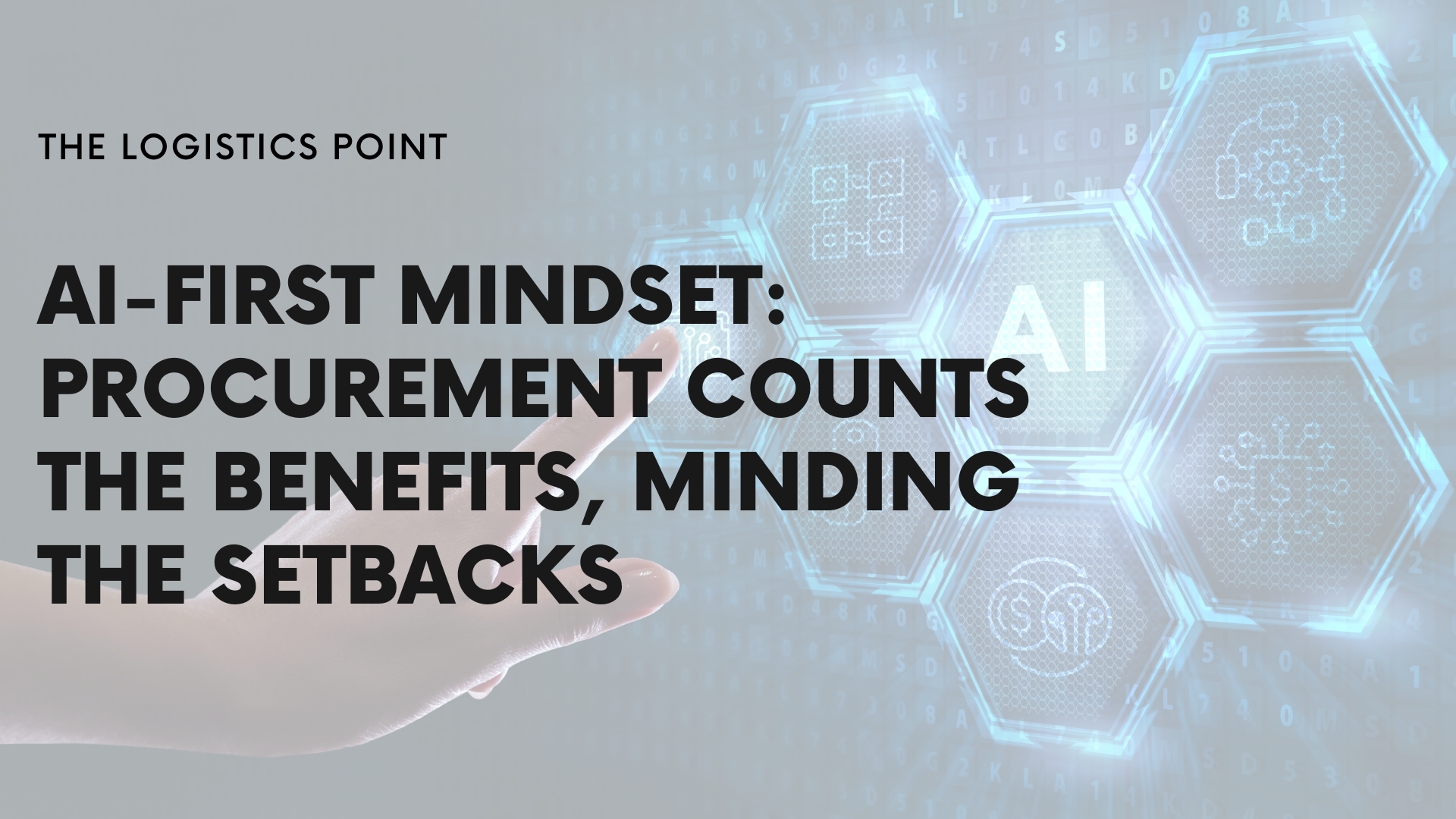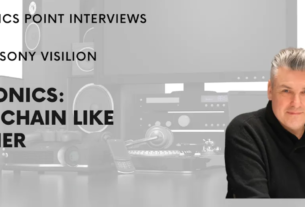AI has become an integral part of business operations and a new generation is bringing even more value to supply chains and procurement in particular. There are many things that need to be considered, however, before organisations take on the route towards AI-first mindset. We spoke to Saratendu Sethi, VP of AI/ML at GEP Worldwide, about the power of AI, transforming procurement operations and what steps need to be taken.
Saratendu, how has the improvement in AI changed procurement?
We should look at AI as a catalyst for transformation and not fear it. This is a pivotal moment towards a more responsible and data driven procurement. AI is used to enable organisations to make more data driven and actionable insights. We already have active clients who are using the power of Generative AI – tools such as ChatGPT.
AI can provide work on contracts but also can answer questions, as well as interacting with the software to get more information. Through AI companies can learn if they are exposed to risks and what they can do. Generative AI can provide contract drafts and speed up the process. AI has many applications, including inventory management.
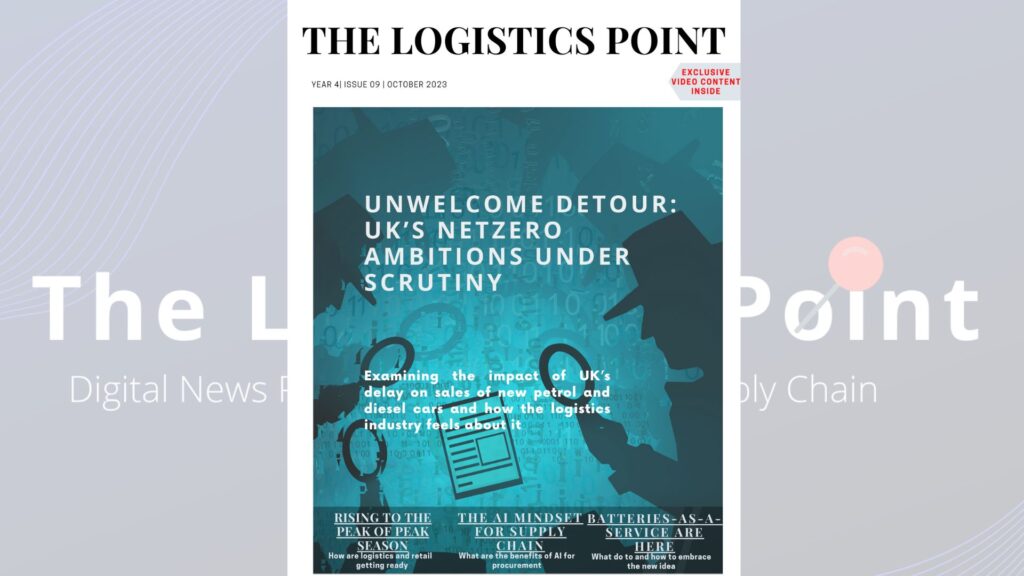
Do you think supply chain and procurement managers fully understand the benefits of AI?
We see a lot of excitement and a lot of fear at the same time from our customers. AI is going to revolutionise procurement and supply chain. The recent past events and ongoing crises are exposing the fragility and the problems in both procurement and supply chain. This is why I think we either embrace AI or risk being driven out of the market.
Is there a skill gap?
Coming to the skill gaps and what is needed. We need to transform procurement using a blend of technical and soft skills. Key skills will be those of data science and analytics. Access to those is now much simplified by the popularity of AI and all different tools.
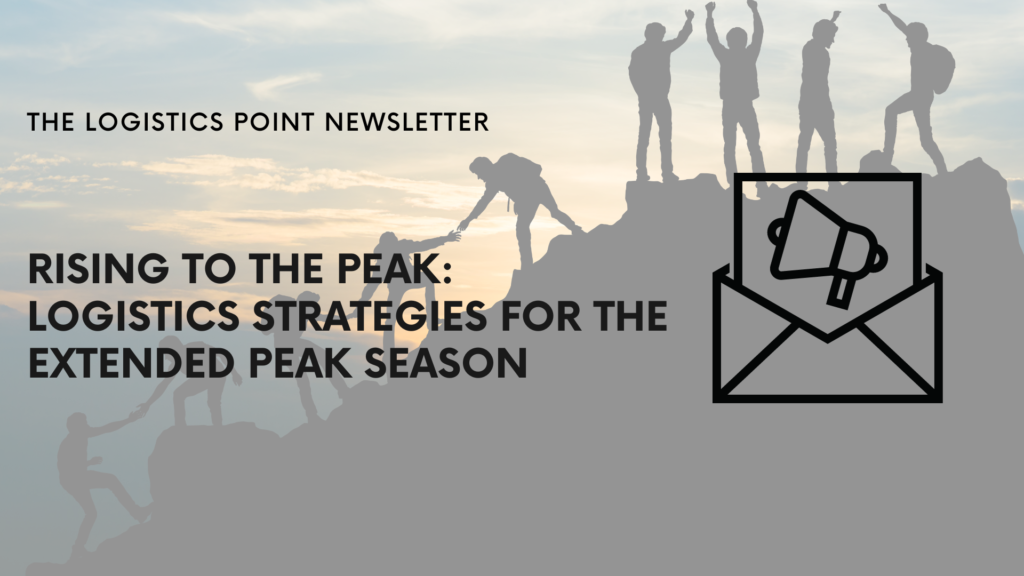
Software is becoming more accessible and we need people to be more technology savvy.
What board rooms need is AI literacy. AI can’t solve all problems and fix the broken bits. We can’t expect everyone to be a developer but there needs to be some foundational knowledge. They need to be aware that AI is both a positive force but can also very easily be used badly.
How about the processes that need to be involved and created?
Many organisations ask us how quickly they can have AI incorporated and when they will feel the change. They need to look into their change management capabilities too. The second part is stakeholder communication. Transformation happens through little changes.
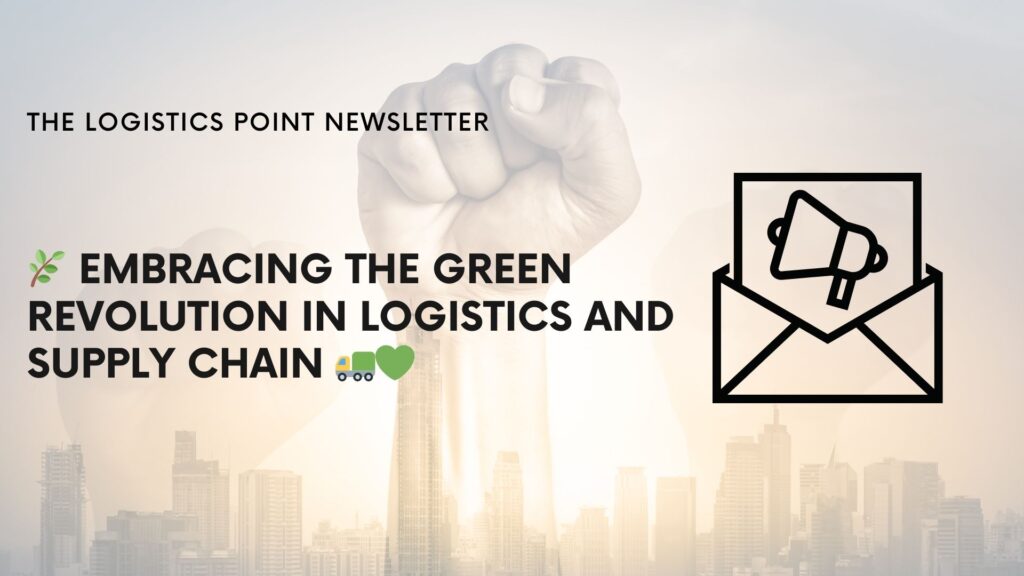
Finally, have an AI- first approach. Procurement is very intensive and companies should think about how AI can help them at the very beginning. Start small, define a small project and bring more efficiency. You want something which is very straightforward to measure ROI. Areas with explicit KPIs are the easiest and success their brings excitement which you can use for other areas.
Generative AI
Generative AI is built on more data than traditional AI. Traditional AI models are built to understand the structure of contracts, for example. With Generative AI companies get not just information about how contracts look but also a wider look that includes other relevant data points. It can capture knowledge which is not just based on past data but also relies on the general knowledge it finds on the Internet. It can also be multimodal: it can process not just text but also audio and video, which additionally expands its functions. Finally it can bring all that old knowledge to create new knowledge. Most importantly, people can now communicate with these tools through natural language and do not have to be data scientists. ✷
